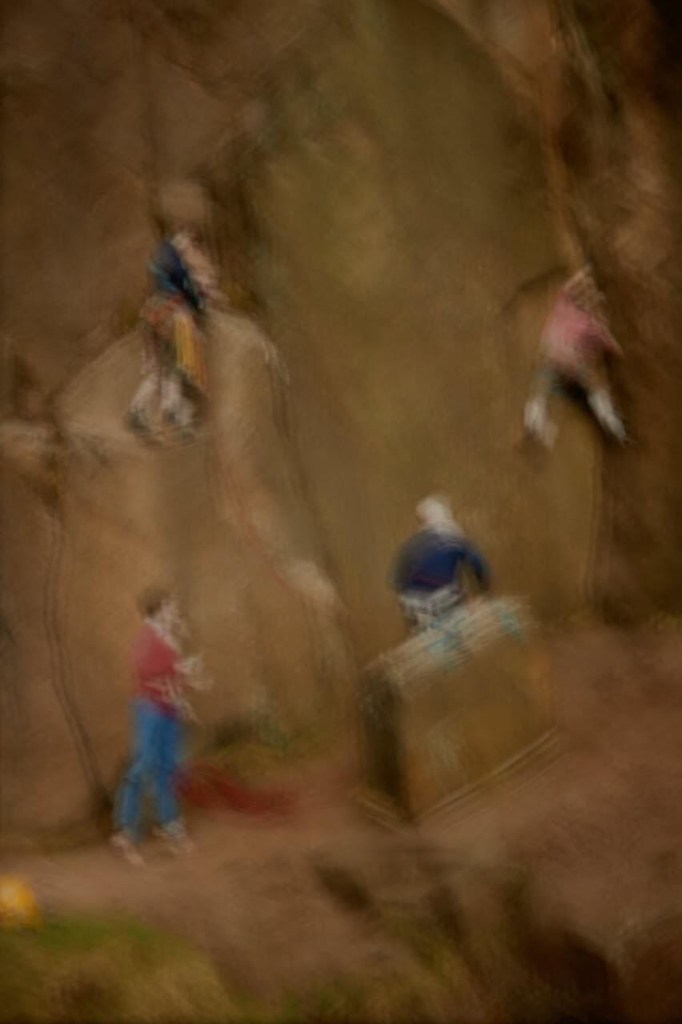All cameras and lenses with image stabilisation built in tell you to turn off stabilisation when used on a tripod. There are some exceptions, such as panning, although this usually has a specific stabilisation setting that turns off stabilisation in the axis that are already stable.
Image stabilisation comes under a variety of different names. For Nikon it is VR, Canon it is IS other makes have their own names. Stabilisation can be in the lens by moving an element in the lens ( ILIS – In Lens Image Stabilisation ) or in the camera body by moving the sensor ( IBIS – In Body Image Stabilisation ).
I was reminded very clearly of the need to turn off the stabilisation when I was copying some old slides. I was using a Panagor Slide Copier that attaches to the camera in the same way as a lens does. Since the slide is held in a stable position relative to the camera it is the same affect as if the camera is on a tripod.

I was puzzled by the jittering noise coming from the camera but as soon as I saw the photo I realised what was happening. This is a scene from a rock climbing trip in 1981 or 1982 at, I think, at Lawrencefield in the Peak District.

As you can see, the image is very blurred, it was quite a long exposure time. When I turned off the stabilisation, the problem disappeared.

What is happening is very simple. The camera’s stabilisation is trying to stabilise an already stable image. In trying to stabilise it the camera actually introduces ‘camera shake’.

